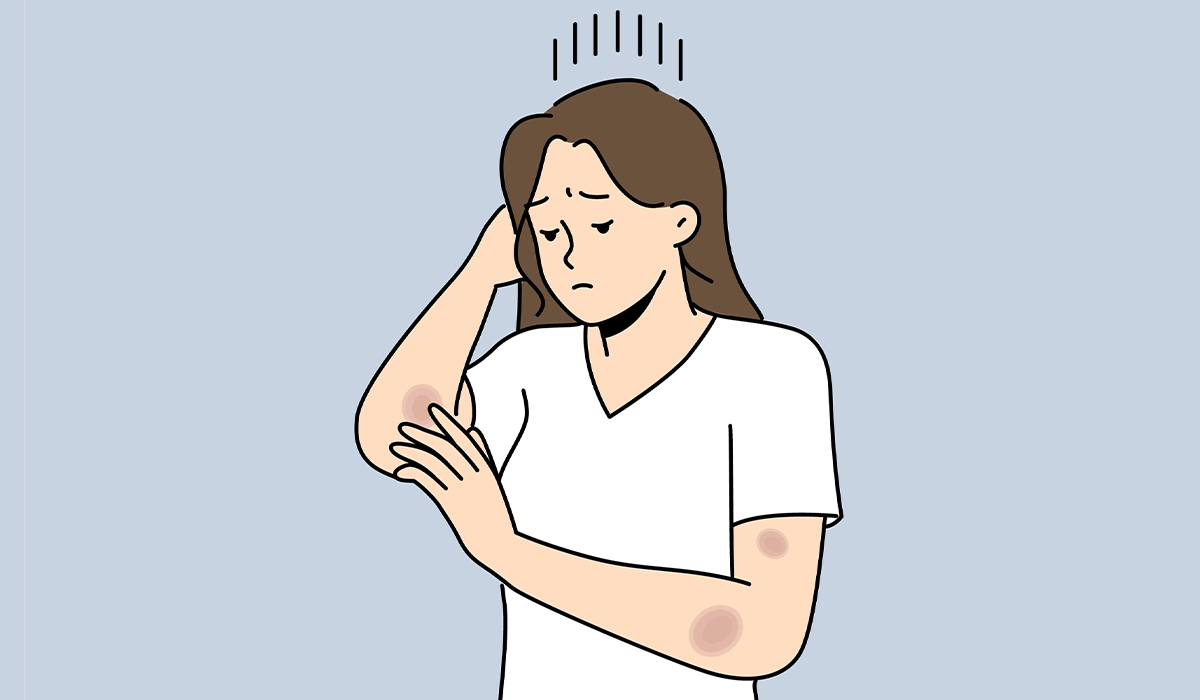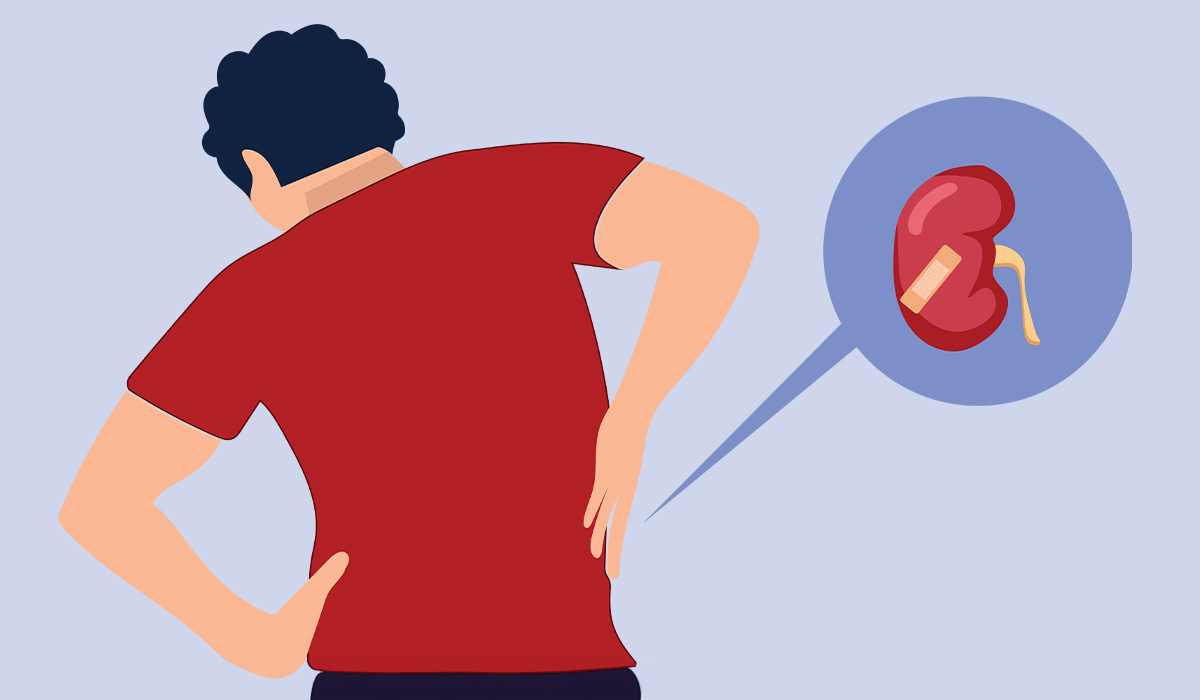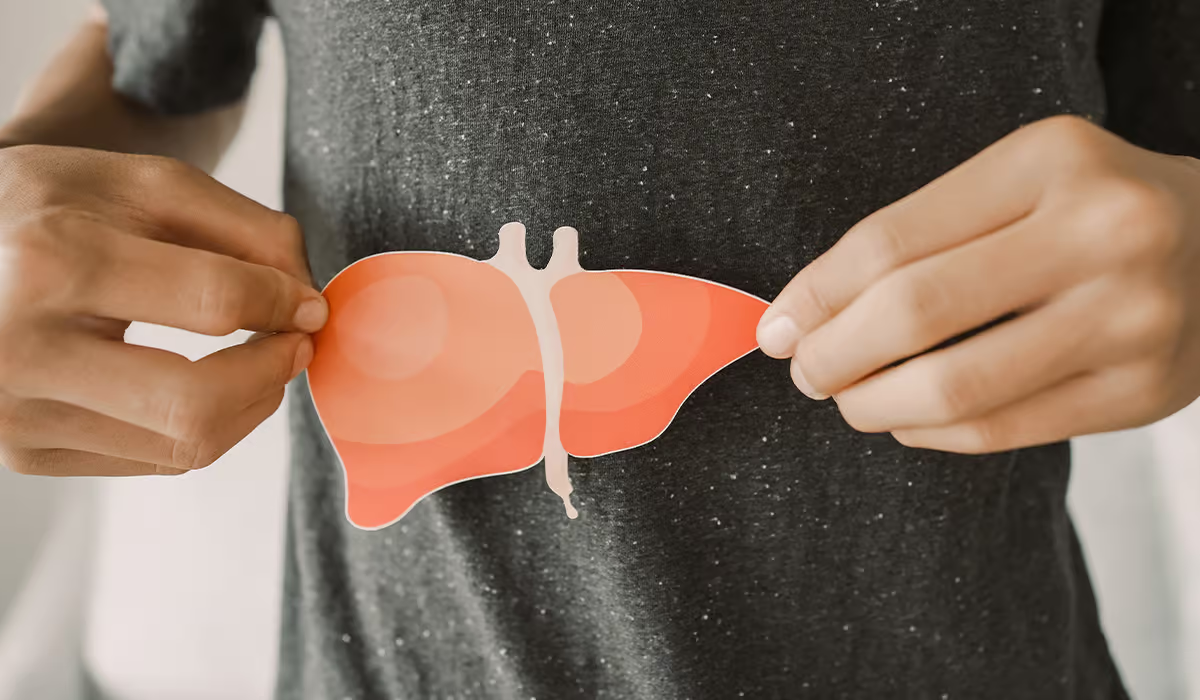Estradiol levels are evaluated to diagnose menstrual irregularities. Estrone, on the other hand, becomes the primary estrogen after menopause. It is derived from dehydroepiandrosterone and androstenedione, hormones produced in the adrenal cortex, although it can also be made from androgens in adipose tissue. Estrone is present in low levels in young children before puberty and increases during puberty in both boys and girls.
Estriol is the predominant estrogen during pregnancy and is synthesized in large quantities by the placenta. Its levels rise from the 8th week of pregnancy and continue to increase until delivery. It is also excreted in the urine during pregnancy. Monitoring estriol concentration during pregnancy supports the assessment of the condition of the fetus and placenta, although the daily variability of this hormone concentration must be considered.
An average estrogen level positively affects metabolism and protects against circulatory diseases. Many factors, including diet, physical exercise, age, stress, and genetic predisposition, influence the concentration of estrogen in the body.
The hormone responsible for estrogen production is called follicle-stimulating hormone (FSH), which is secreted by the pituitary gland. It’s worth noting that estrogens, like all other steroid hormones, are derived from cholesterol, which acts as their precursor.
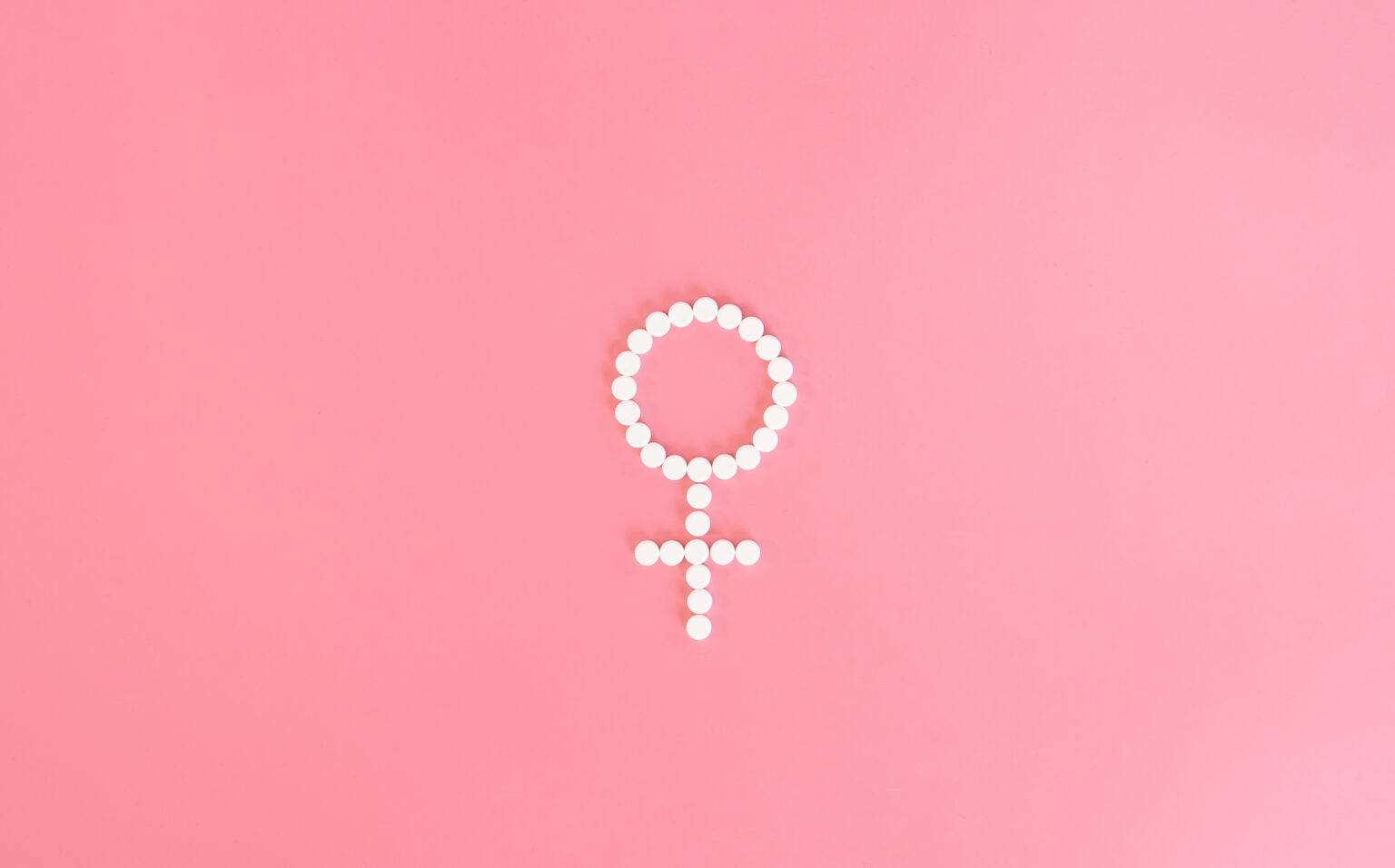
Estradiol
Estradiol is a hormone naturally produced in the female body. It is used for hormone replacement therapy in women with hypogonadism, post-castration syndrome, and menopausal symptoms. It can be administered orally, intramuscularly, transdermally, intranasally, and vaginally. However, it should not be used in pregnant women or those with a predisposition to thromboembolic diseases.
Estrone
Estrone is the second most significant estrogen produced by the ovaries after estradiol. Its source is also adipose tissue; it is formed there as a result of the transformation of androstenedione and DHEA. It is of no great importance before menopause, in the postmenopausal period it is the basic estrogen. Women with a larger amount of fatty tissue can synthesize larger amounts of estrone, which protects them from osteoporosis to a greater extent than slim women.
Estriol
Estriol has low biological potency because its connection with the receptor lasts briefly and is easily broken. However, estriol determination is significant in prenatal tests. This hormone is produced by the placenta, and the fetal adrenal glands stimulate and control this synthesis. Thus, estriol is a determinant of fetal-placental stability.
Synthesis
Estrogens are produced in the largest amounts in maturing secondary ovarian follicles, called Graafian follicles. Synthesis occurs in the cells of the granulosa layer and the cells of the internal theca of the ovarian follicle. In addition, they can be synthesized in greater or lesser amounts by:
- Placenta
- Uterus
- Adipose tissue
- Bones
Estrogen secretion increases or decreases depending on the menstrual cycle phase. The most is secreted in the follicular phase and the second half of the luteal phase. Free estrogens penetrate the cell membrane and bind to the cytoplasmic receptor. As a result, they affect the genetic apparatus of the cell nucleus.
Drastic periods of changes in the level of sex hormones in women are pregnancy and, of course, menopause, when estrogen levels suddenly drop by about 80%.
Functions
In women, the functions are:
- Development of sexual characteristics
- Growth of uterine muscles
- Prevent miscarriages
- Protect blood vessels by increasing HDL cholesterol and lowering LDL cholesterol
- Increase bone tissue mineralization (protect against the development of osteoporosis)
- Estrone is the main estrogen in postmenopausal women
- Estriol is the basic sex hormone secreted during pregnancy
- Inhibit sebum secretion (sebostatic effect)
- Contribute to water retention in the body (only when their concentration is very high)
In men, they are responsible for sexual drive and sperm maturation.
When Do We Perform The Test?
In the case of women, estrogen level tests should be performed when the patient has symptoms of hormonal disorders, such as abnormal vaginal bleeding or prolonged amenorrhea, too late or too early puberty, osteoporosis, ovarian dysfunction, sudden and unfavorable changes in body weight and skin condition.
Estrogen level testing is also crucial in monitoring ovulation, as well as in diagnosing the underlying causes and treating the causes of infertility and during hormone replacement therapy during menopause.
Another indication for estrogen level testing is monitoring the development of pregnancy, placenta, and fetus. Indications for determining estrogen levels in men include:
- Diagnosing the causes of delayed puberty
- Diagnosing the underlying causes of gynecomastia
- Assessing disorders of other sex hormones (e.g., testosterone)
- Diagnosing estrogen-producing tumors
To sum up, below are the most common indications for performing an estrogen test:
- Hypogonadism in women
- Amenorrhea or menstrual disorders, infertility, loss of libido in women
- Assessment of placental function during pregnancy
- Monitoring pharmacological treatment of infertility
- Menopause
- Suspected estrogen-producing tumor
- Lack of development of male sexual characteristics in boys
- Galactorrhea and impotence in men
- Diagnosis of ovarian diseases
- Gynecomastia
- Premature or delayed puberty in girls
- Monitoring anti-estrogen therapy in breast cancer
Proper Estrogen Level During Pregnancy
Proper estrogen levels are crucial during pregnancy. Around the 8th week, estrogen levels increase, leading to the enlargement of the uterus and sensitizing its receptors to oxytocin. Additionally, estrogen plays a vital role in the proper development of the fetus and has a beneficial impact on the development of milk ducts in the mammary glands.

The Test
You can measure estrogen levels by analyzing a venous blood sample from the elbow bend. The attending physician may also request a urine sample from a 24-hour collection. No special preparation is required for the test, but it’s best to fast for 8-12 hours before the blood test, avoiding eating, drinking, chewing gum, or smoking. For a series of estrogen level tests, it’s significant to schedule subsequent blood tests at approximately the same time every day and as directed by the attending physician, especially during specific days of the menstrual cycle or pregnancy.
Estrogen testing is often conducted along with the assessment of other sex hormones, particularly progesterone (for accurate ovulation determination), luteinizing hormone (LH), follicle-stimulating hormone (FSH), and prolactin.
Standards
The lowest estrogen concentration in non-pregnant women occurs during menstruation. In the follicular phase of the menstrual cycle, estrogen levels increase until ovulation, then decrease in the luteal phase, when the released egg cell is not fertilized. After menopause, ovarian secretion ceases, which translates into estrogen deficiency and very low levels obtained in laboratory test results.
Estrogen Norms In Women
Estradiol standards in women:
- Follicular phase – from 37 to 330 pmol/l (10-90 pg/ml)
- Mid-cycle – from 370 to 1835 pmol/l (100-500 pg/ml)
- Luteal phase – from 184 to 880 pmol/l (50-240 pg/ml)
- After menopause – from 37 to 110 pmol/l (20-30 pg/ml)
Estriol standards in women in follicular phase – below 7 nmol/l (2 ng/ml).
Estrone standards in women are from 74 to 550 pmol/l (20-150 pg/ml).
Estrogen levels fluctuate throughout the menstrual cycle. They reach their lowest values during menstruation and increase steadily until the middle of the cycle. This rebuilds the vaginal mucosa, which is important for maintaining a potential pregnancy. In addition, estrogen stimulates LH (luteinizing hormone), which is responsible for ovulation and the formation of the corpus luteum. Estrogen levels drop dramatically after menopause (the female body is then no longer able to produce estrogen), which results in symptoms associated with menopause.
Estrogen Norms In Men
- Estradiol – from 29 to 132 pmol/l (8-36 pg/ml)
- Estriol – below 7 nmol/l (2 ng/ml)
- Estrone – from 111 to 630 pmol/l (30-70 pg/ml)
High Estrogen Levels
High estrogen levels are most common in pregnant women but can also occur in the case of:
- Tumors that secrete estrogen
- Premature puberty in girls
- Testicular, adrenal, or ovarian cancer
- Obesity
- Diabetes
- High blood pressure
- Hyperthyroidism
- Use of oral contraceptives
- Cirrhosis of the liver
- Men with gynecomastia
Symptoms
Excess estrogen in the body can manifest itself in the following:
- Nausea
- Vomiting
- Menstrual disorders
- Malaise
- Migraine
- Weight gain
- Increased likelihood of blood clots and embolisms
- Breast enlargement
- Liver function disorders
- Gallstone formation and consequently jaundice
- Headaches
- Atherosclerosis
- Vaginal infections
- Cramps
- Uterine fibroids
In men, there may be a significant decrease in other hormones, such as testosterone or progesterone.
How Do You Lower Too-high Estrogen Levels?
To lower estrogen levels in the blood, it’s essential to manage adipose tissue levels (as it produces estrogen), maintain a healthy gut with adequate dietary fiber, and consider using aromatase inhibitors to prevent the conversion of androgens into estrogens and limit the consumption of stimulants, particularly alcohol.
Low Estrogen Levels
When do we observe low estrogen levels?
Those include:
- PCOS
- Turner syndrome
- Anorexia
- Hypopituitarism
- Intensive physical exertion
- Hypogonadism
- Sweyer syndrome
- Ovarian hypoplasia
- Premature ovarian failure
- Postmenopausal period
- Pituitary insufficiency
- Use of drugs that inhibit ovulation
- Alcohol abuse
Symptoms
Estrogen deficiency causes unpleasant symptoms, such as:
- Vaginal dryness and loss of its elasticity
- Night sweats
- Hot flashes
- Sleep problems
- Depression
- Mood swings
- Problems with holding urine
- Recurring urinary tract infections
- Dysregulation or cessation of menstrual cycles
- Loss of breast firmness
- Memory disorders
- Decreased libido
- High cholesterol levels, and consequently, a greater risk of heart disease
- Increased risk of osteoporosis
- Loss of collagen
- Loss of secondary and tertiary sexual characteristics (a male body shape appears, the voice tone is lowered, and male-type sexual hair appears, i.e., hirsutism develops)
- Itching and burning in the vaginal area
- Lowering of the vaginal walls
- Uterine prolapse
Raising Estrogen Levels
There are several methods available to address estrogen deficiency. During menopause, hormone replacement therapy, which involves synthetic hormones, is considered the most effective. However, it’s important to note that this therapy is not suitable for every woman. Those who have had hormone-dependent cancers (such as breast or cervical cancer), are over 60, or have thromboembolic disease should not use this therapy. However, it should be noted that synthetic estrogen derivatives can also cause several side effects, such as breast swelling, increased thromboembolic events, edema formation, pain, weight gain, and nausea.
Another method involves the use of natural estrogens. In the case of deficiencies of these hormones, you can use a diet rich in products full of phytoestrogens.
Moreover, specialists suggest that maintaining a good fitness level can also help lower estrogen levels. Daily exercise for about 15 to 30 minutes, combined with a healthy diet, can be beneficial.

Estrogens In Over-the-Counter Tablets
Phytoestrogens are also utilized in the pharmaceutical industry, primarily in products aimed at relieving menopausal symptoms. These products come in the form of over-the-counter dietary supplements and medications. They are derived from soybeans, known for their high genistein and daidzein content, which are phytoestrogens.
When using medications and dietary supplements containing phytoestrogens, it’s important to follow the recommended dosage provided by the manufacturer.
Sources
- Estrogen. NIH.
https://www.ncbi.nlm.nih.gov/books/NBK538260/ - Estradiol. NIH.
https://www.ncbi.nlm.nih.gov/books/NBK549797/ - Estrone, the major postmenopausal estrogen, binds ERa to induce SNAI2, epithelial-to-mesenchymal transition, and ER+ breast cancer metastasis. NIH.
https://www.ncbi.nlm.nih.gov/pmc/articles/PMC9798480/ - Estriol: emerging clinical benefits. NIH.
https://pubmed.ncbi.nlm.nih.gov/28375935/ - Estrogen synthesis and signaling pathways during aging: from periphery to brain. Science Direct.
https://www.sciencedirect.com/science/article/abs/pii/S1471491412002444 - Estrogen Hormone Biology. NIH.
https://www.ncbi.nlm.nih.gov/pmc/articles/PMC6206851/ - The pathophysiological role of estrogens in the initial stages of pregnancy: molecular mechanisms and clinical implications for pregnancy outcome from the periconceptional period to end of the first trimester. NIH.
https://www.ncbi.nlm.nih.gov/pmc/articles/PMC10628507/ - Estradiol reference intervals in women during the menstrual cycle, postmenopausal women and men using an LC-MS/MS method. NIH.
https://pubmed.ncbi.nlm.nih.gov/30981845/ - Estrogens, Male Reproduction and Beyond. NIH.
https://www.ncbi.nlm.nih.gov/books/NBK278933/ - Level of Estrogen in Females—The Different Impacts at Different Life Stages. NIH.
https://www.ncbi.nlm.nih.gov/pmc/articles/PMC9781566/ - Estrogen Therapy. NIH.
https://www.ncbi.nlm.nih.gov/books/NBK541051/ - Soy and phytoestrogens: possible side effects. NIH.
https://www.ncbi.nlm.nih.gov/pmc/articles/PMC4270274/



